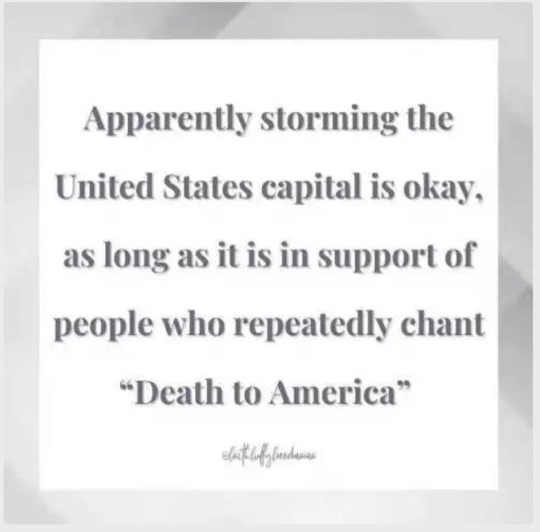Before You Click On The "Read More" Link,
Suggestions For Future Videos?
Email me.
Combine These Three Lines:
Line1: mikemiles
Line2: @
Line3: protonmail.com
Are You Digging The Mystery Vibe?
Please Only Do So If You Are Over 21 Years Old.
If You are Easily Upset, Triggered Or Offended, This Is Not The Place For You.
Please Leave Silently Into The Night......



























